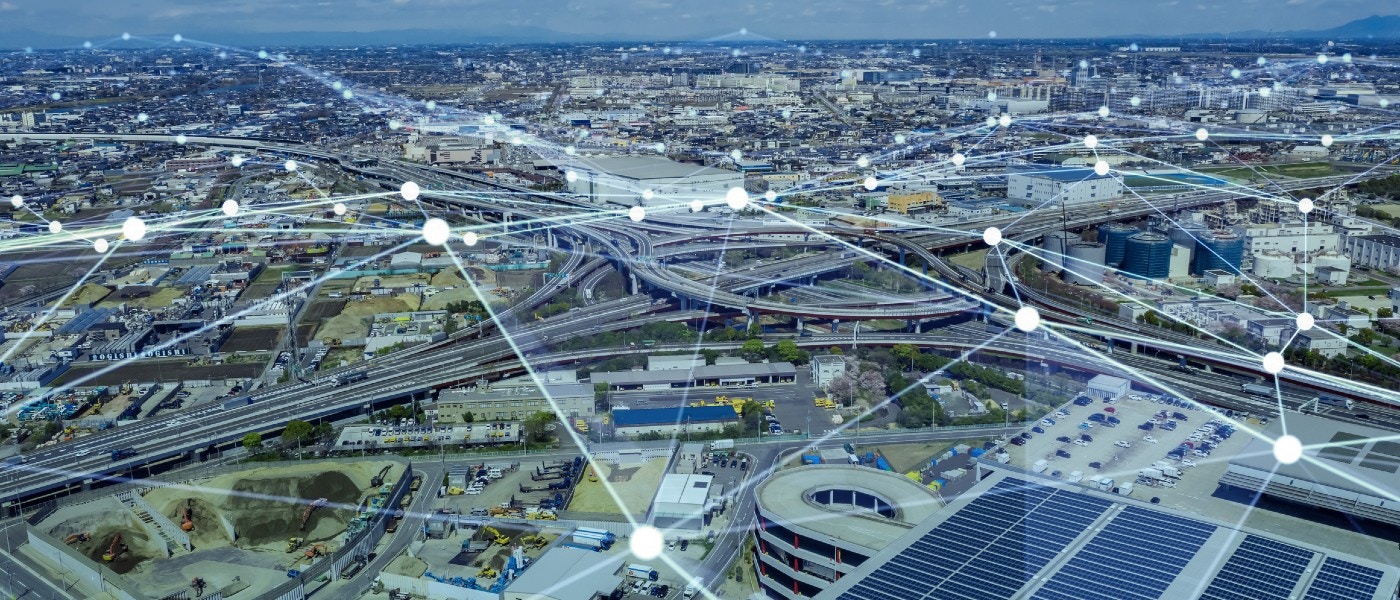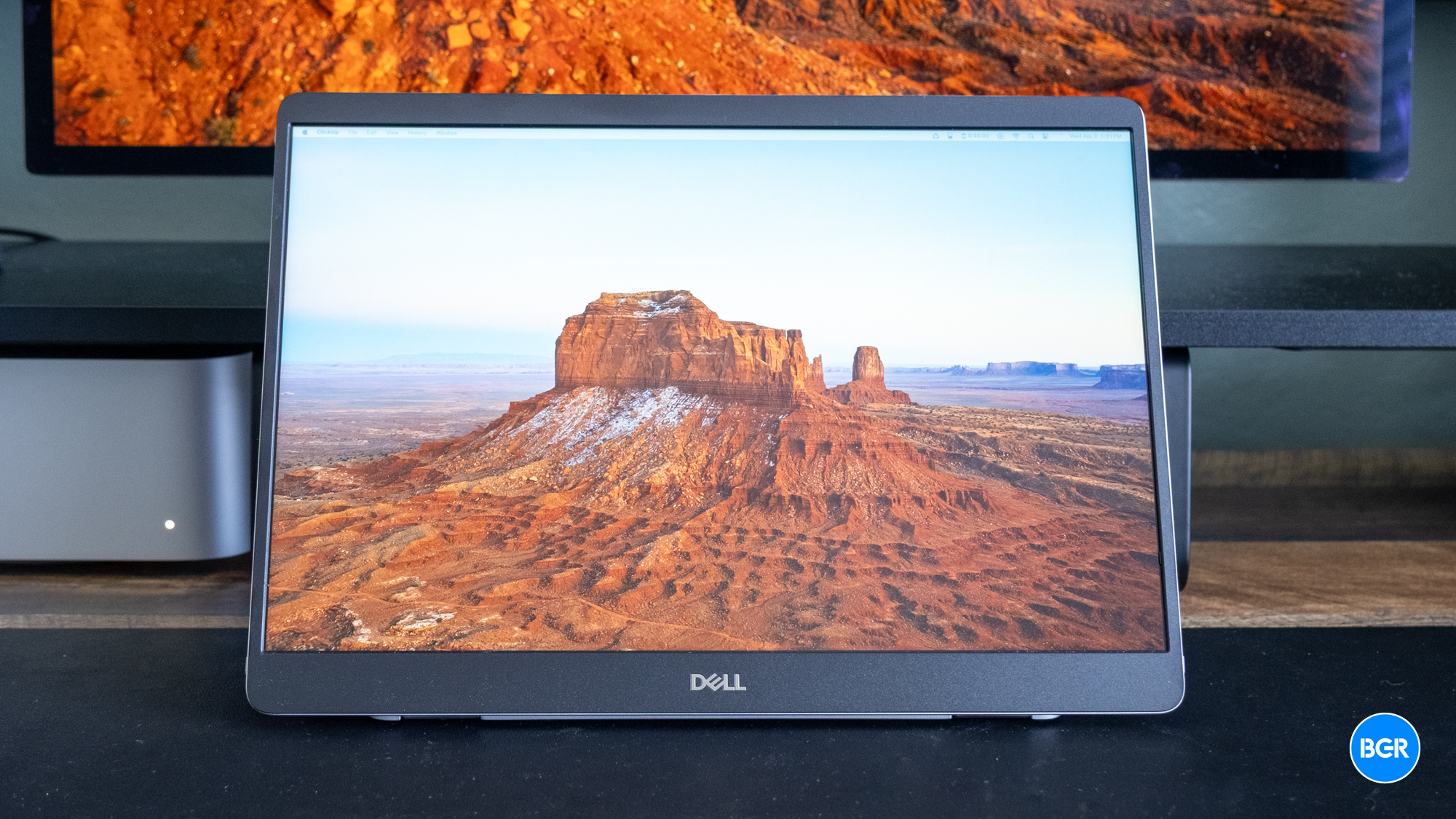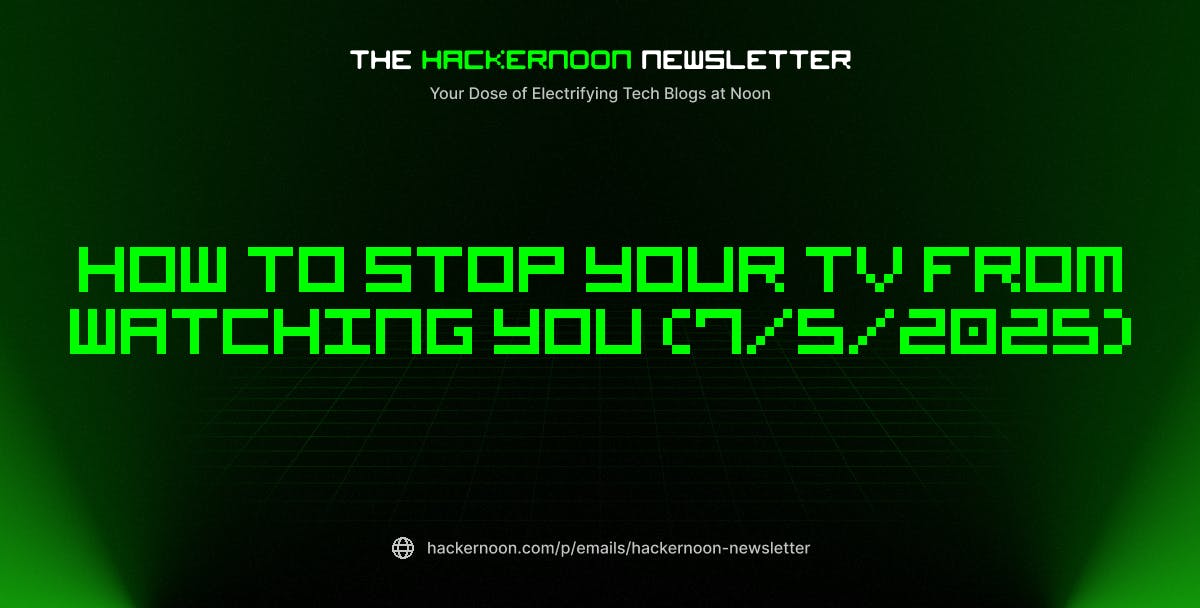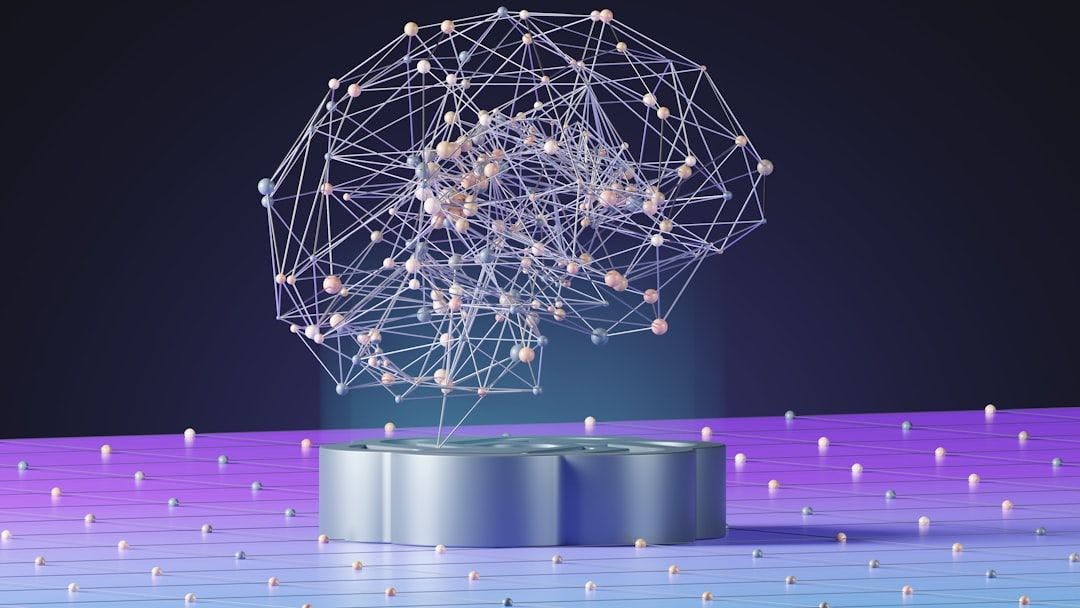When you think of energy infrastructure, you probably imagine towering smokestacks, old power lines, cramped industrial parks, and lengthy coal trains. Once virtual power plants enter the picture, this could change.
With a decentralized system stabilizing supply and demand, energy infrastructure goes from dirty and industrial to clean and welcoming.
The Emerging Faults in Energy Infrastructure
As data centers are built nationwide to support artificial intelligence and cloud computing technologies, electricity demand increases exponentially. However, energy infrastructure is not keeping pace. In the United States, most transmission lines and transformers
In the meantime, peak load — the period when electricity demand is at its highest — is hitting an all-time high. If the grid can’t compensate, blackouts are likely. To avoid this outcome, operators use supplemental gas-fired peaker plants that remain dormant unless consumption is unusually high.
Consumers Pay Operators Millions
Operators often get millions of dollars to ensure the grid remains operational during peak load. For instance, two Southern England station operators
While these operators provide an essential service, there are undoubtedly more efficient — and less costly — alternatives. What if people didn’t have to pay surge pricing? What if, instead of relying on a centralized system, they generated their own supply? With virtual power plants (VPPs), this future might be possible.
The Role of VPPs in the Clean Energy Future
A VPP is a collection of small-scale distributed energy resources like solar panels, plugged-in electric vehicles, and air conditioners. What makes this system virtual if it relies on physical devices? Each electrified, interconnected node wirelessly communicates, constantly sharing information about production, consumption, and storage.
When hundreds, thousands, or even millions of small-scale DERs are bundled with a control system, citizens can call on them to supply or store electricity when demand fluctuates. Unlike conventional coal or gas power plants, they can ensure stability without raising prices or contributing to climate change. However, they provide the same reliability and economic value.
The Benefits of Leveraging VPPs
Virtual plants help stabilize the grid by compensating for fluctuations in generation and consumption. Plus, since they don’t need a centralized physical space, they enable more integration with renewables. A typical solar farm would need
Moreover, this solution increases durability. Even if existing infrastructure could handle record-breaking peak loads, it is not resilient —
Can We Count on Consumers for a Solution?
Since this technology relies on citizens instead of a centralized operator, some concerns about reliability exist. However, people who are a part of the system don’t get to pick and choose the rate at which electricity is produced, consumed, or stored. Further, communities have risen to the occasion in similar circumstances, proving they can be trusted.
In 2022, Californians experienced a scorching, lasting heat wave. The California Independent System Operator’s electricity demand
Using VPPs in Urban and Rural Areas
While this solution may be more effective in urban areas due to higher population density, it can still work in rural locations since peak loads will be considerably lower there. As long as enough consumers bundle their devices in a virtual plant, they can improve electricity production, consumption, and storage, eliminating the need for peaker plants and improving the rate of local renewable usage.
Although many people don’t understand the inner workings of energy infrastructure, most pay an electricity bill monthly. Even if they have their own solar panels, renewables
When Will VPPs Go Beyond Conceptualization?
Today, towering smokestacks and fields of photovoltaic panels come to mind when considering energy infrastructure. As VPPs become more prevalent, this decades-old standard may soon change. The U.S. Department of Energy already plans to
If the U.S. DOE does this, it would address
The Future of Clean Energy Powered by VPPs
With virtual plants, a world where neighbors lend power to each other and dense urban areas prevent rolling blackouts could exist. This technology can incentivize homeowners to install solar panels, drive electric vehicles, and embrace electrification. As smart homes grow smarter and electricity demand rises, this technology may be the most effective solution.









